Alnis Stakle, born 1975, lives and works in Latvia. He holds aPhD in art education from Daugavpils University, Latvia. Since 1998, his work has been exhibited in the Latvian Museum of Photography in addition to other countries throughout the world. Today we feaure his series, Shangri-La.
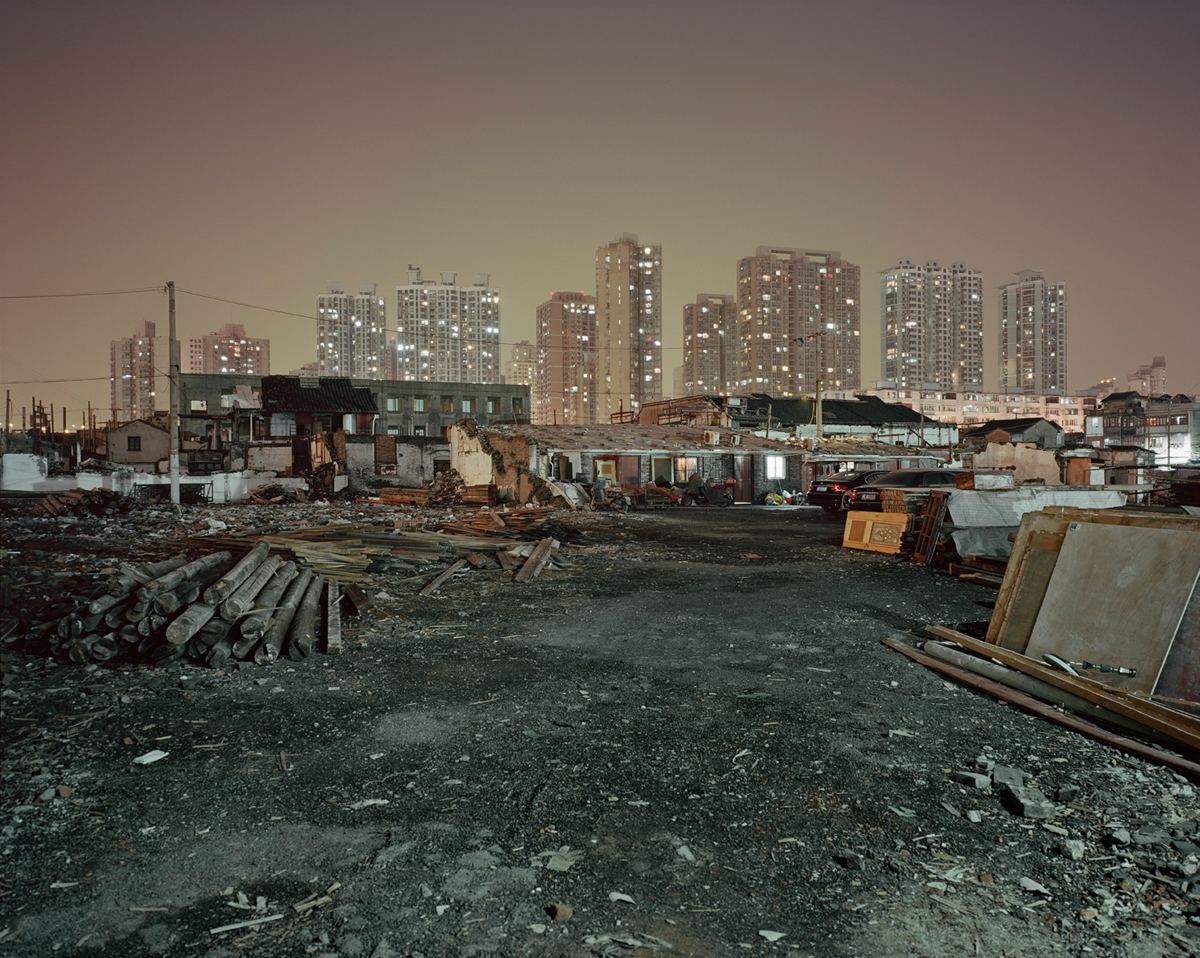

Shangri-La is an imaginary place in China, described as a mystical and utopian valley shielded from the world by a chain of mountains – a true paradise on Earth.

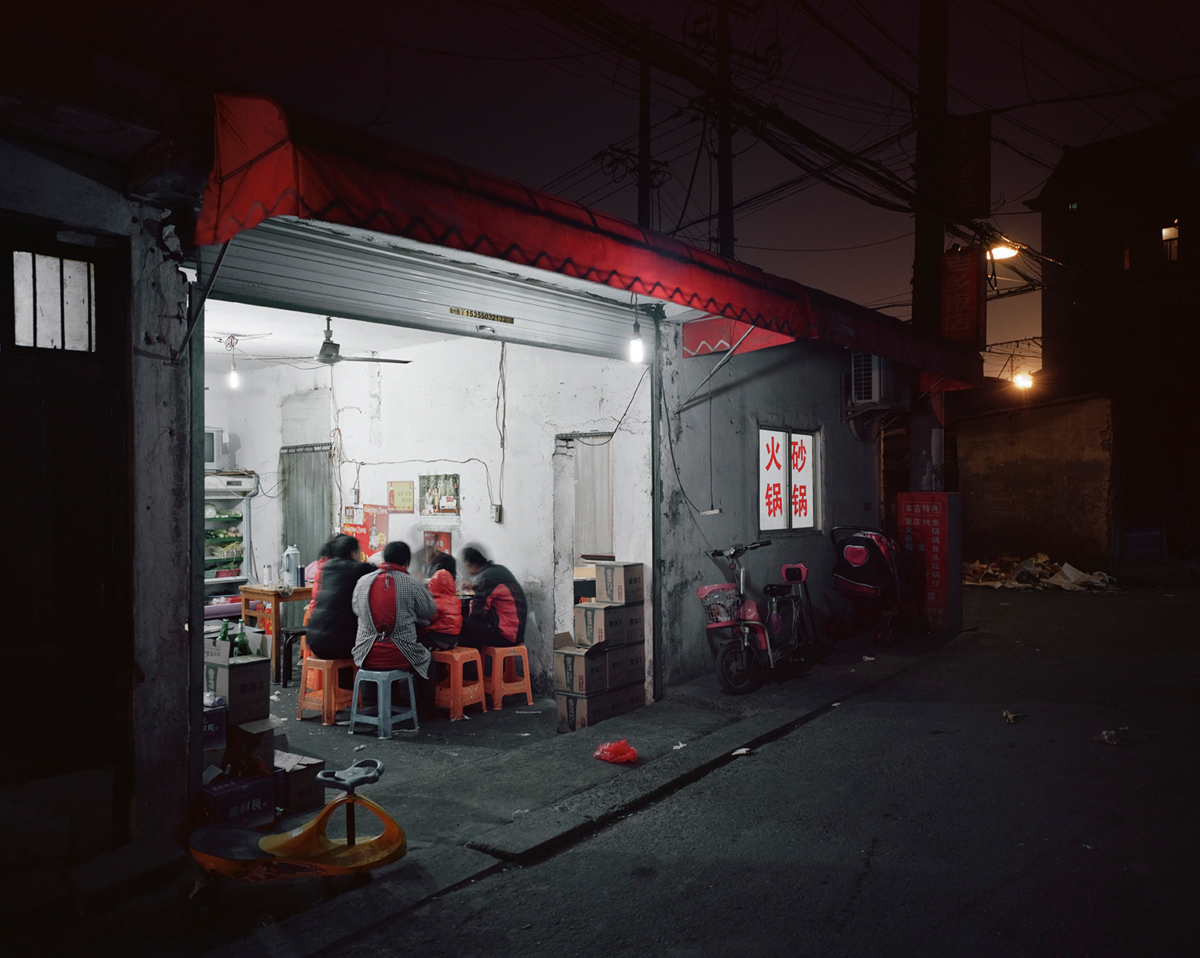
Currently, China is right there among the world’s most booming economies. It is estimated that over the next ten years it’s population growth will reach sky rocketing proportions. This will result in unprecedented levels of industrialization – a reality of life that billions of Chinese will be facing in the coming decade. In contemporary China, cities populated by millions have become a magnetic promised land for hordes of gold-diggers and aspiring wannabes from rural areas
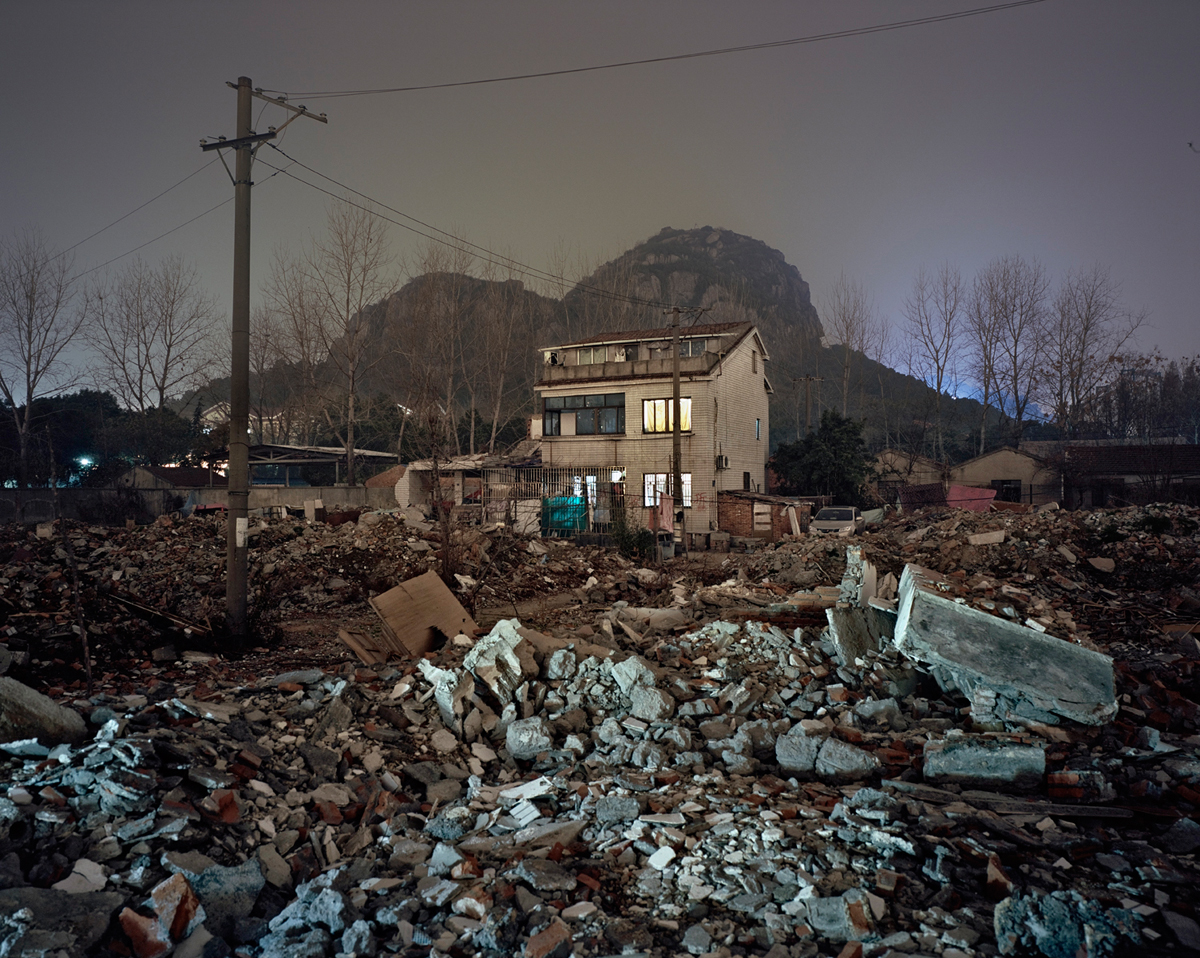

According to current estimates, by 2030 the urban population of China will reach one billion. To house all these people, 50,000 new skyscrapers will need to be built – an amount that equals 10 New York Cities.
This series focuses on China’s hot zone of economic activity, exploring contemporary cityscape transformations in Shanghai, Suzhou, Hangzhou, Shenzhen and Guangzhou. Special attention is paid to territories with semi-cleared old buildings in preparation for construction of new skyscraper precincts. At night, the cityscape reveals how urban planning, housing, tearing down and construction transpire on an apocalyptic scale, which is particularly fascinating in view of the fact that semi-cleared buildings continue to be inhabited.






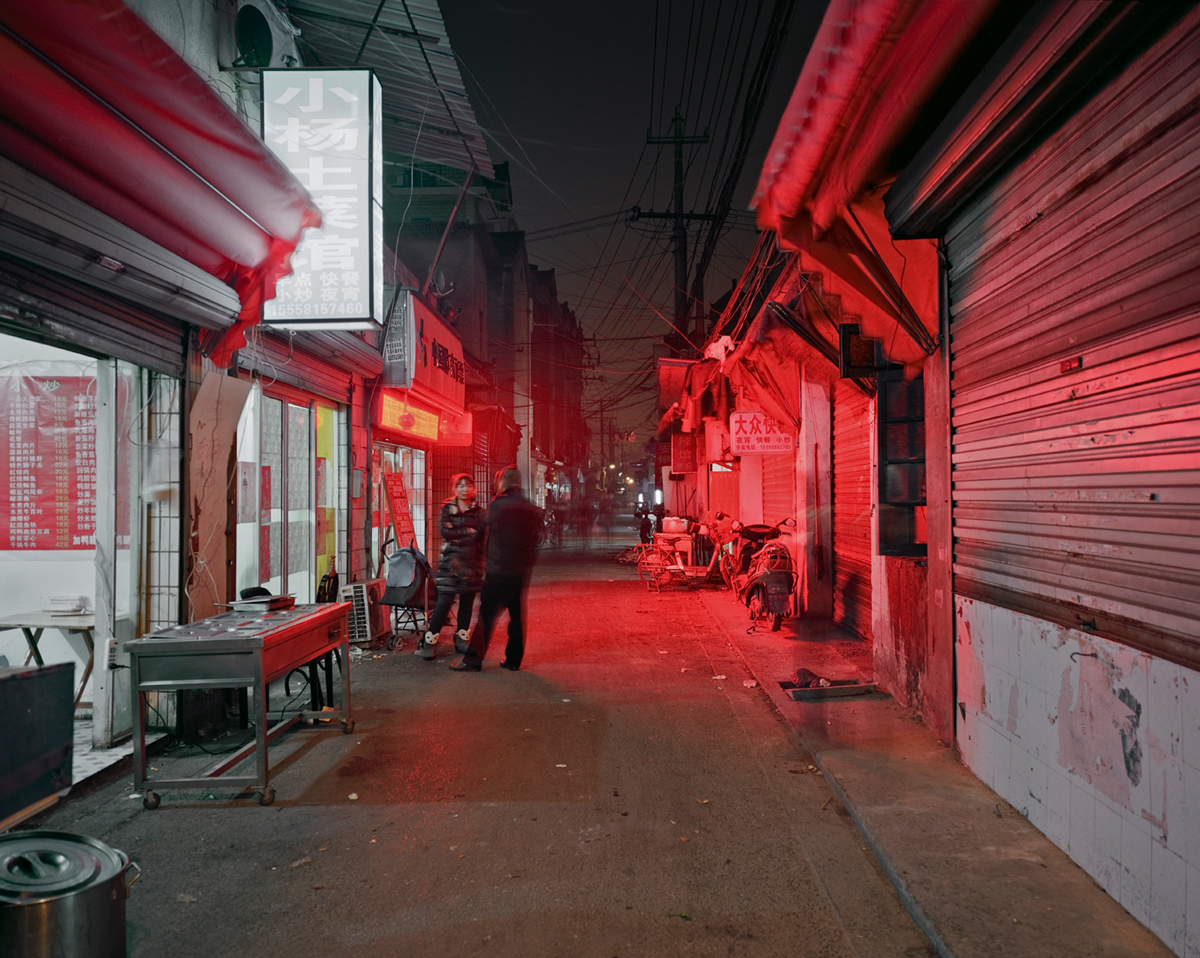
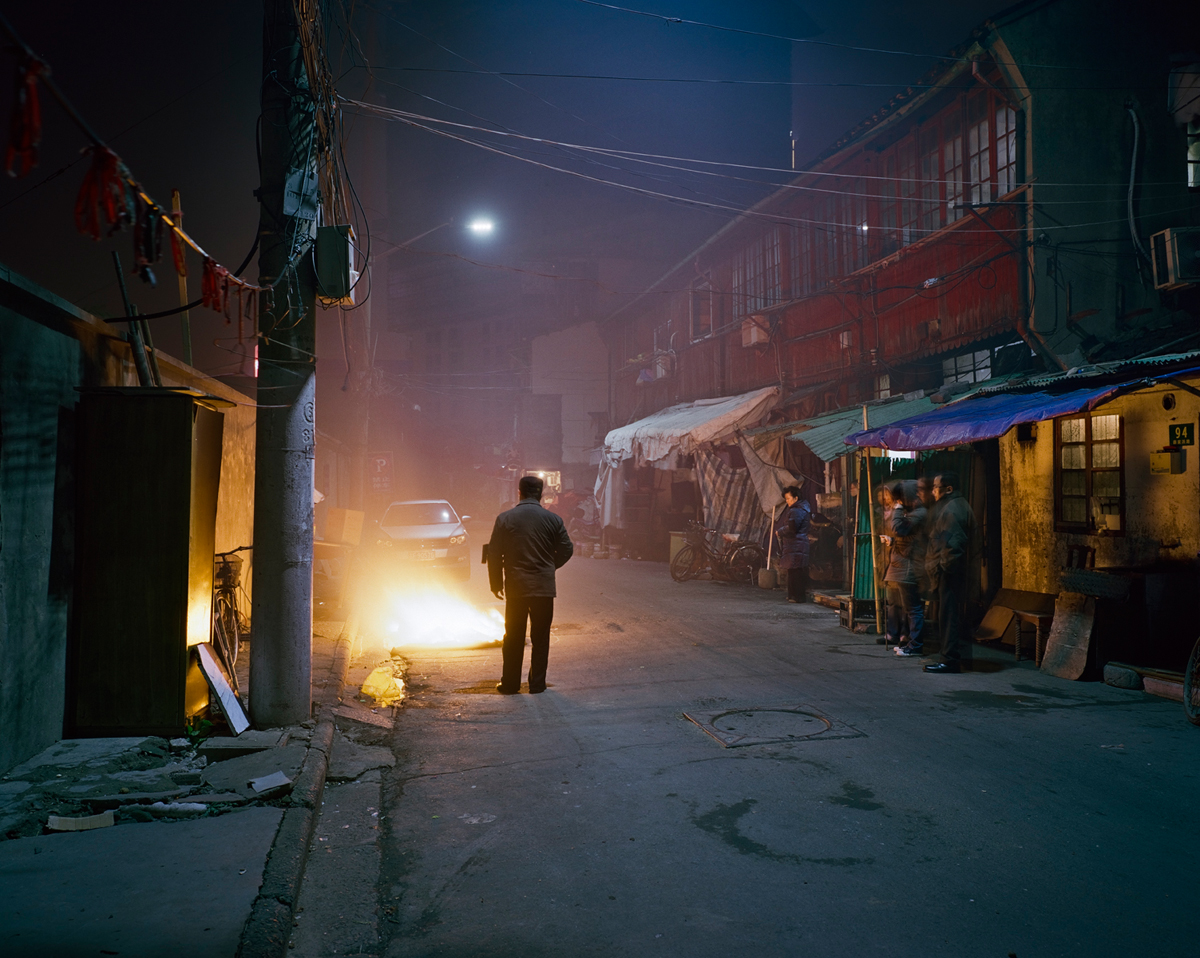

To view more of Alnis’ work please visit his website.